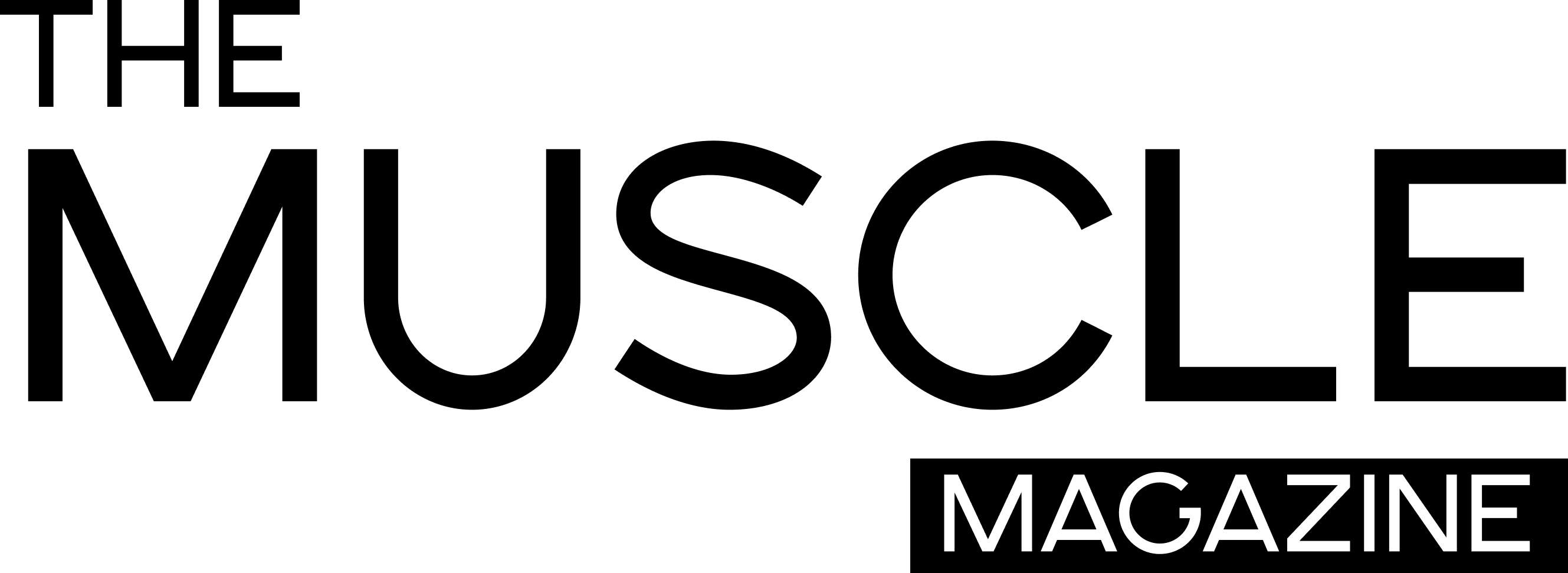The primary source of fish oil for human consumption comes from anchovies and sardines due to their high levels of EPA and DHA omega-3 fatty acids. These are known as long-chain polyunsaturated fatty acids. In contrast, North Atlantic fish like herring and mackerel contain lower concentrations of EPA and DHA but are rich in long-chain monounsaturated fatty acids (LC-MUFAs).
Among LC-MUFAs, cetoleic acid is the most abundant, making up 10% to 22% of the total LC-MUFA content. Other LC-MUFAs found in North Atlantic fish oils include gadoleic acid and gondoic acid.

Recent studies conducted by Epax explored the benefits of a cetoleic-rich oil derived from North Atlantic fish on the Omega-3 Index and skin quality. Results published in Prostaglandins, Leukotrienes and Essential Fatty Acids showed that the cetoleic-rich oil was as effective in increasing the Omega-3 Index as anchovy-derived oil, despite containing less EPA and DHA.
Additionally, the skin health study, which used a higher dose of 4 g per day, revealed that participants consuming the cetoleic-rich oil experienced reduced skin redness, indicating a lower inflammatory response to facial cleansing.
Researchers believe that these findings could lead to increased interest in exploring the health benefits of North Atlantic fish oils as an alternative to more commonly used South American-Pacific fish oils.
LC-MUFAs Enhancing the LC-PUFAs Category
Derek Tobin from Epax Norway highlighted the importance of the skin health study, emphasizing the anti-inflammatory effects of omegas-9 and -11 in skin subcutaneous fat. He mentioned that the study was well-controlled to manage variables, increasing its credibility.
Epax sees the benefits of LC-MUFAs as complementary to the LC-PUFAs category and plans on further research in this area. Tobin mentioned ongoing studies on skin health in eczema using Epax oils and a new product-specific study on Omega 3-9-11 for comprehensive skin health benefits.
Epax recently launched a new concentrate, EPAX Omega 3-9-11, combining polyunsaturated and monounsaturated fatty acids for enhanced skin health benefits.

Detailed Study Insights
Studies conducted by Epax Norway AS and Møreforsking AS in Norway involved participants with high baseline Omega-3 Index values. The CetoIndex study demonstrated that both anchovy oil and cetoleic-rich oil increased the Omega-3 Index significantly compared to the placebo group. The Optihud study showed that CRO supplementation led to a significant increase in Omega-3 Index and improved skin health.
Researchers speculate that the high Omega-3 Index seen with CRO supplementation may be due to increased conversion of ALA to EPA. Skin analysis also showed reduced inflammation (skin redness) in the CRO group.
Epax’s new product EPAX Omega 3-9-11 aims to provide comprehensive skin health benefits by combining polyunsaturated and monounsaturated fatty acids.
Source: Prostaglandins, Leukotrienes and Essential Fatty Acids
Volume 201, 102616, doi: 10.1016/j.plefa.2024.102616
“The effect of fish oil rich in cetoleic acid on the omega-3 index and skin quality”
Authors; D. Tobin et al.





